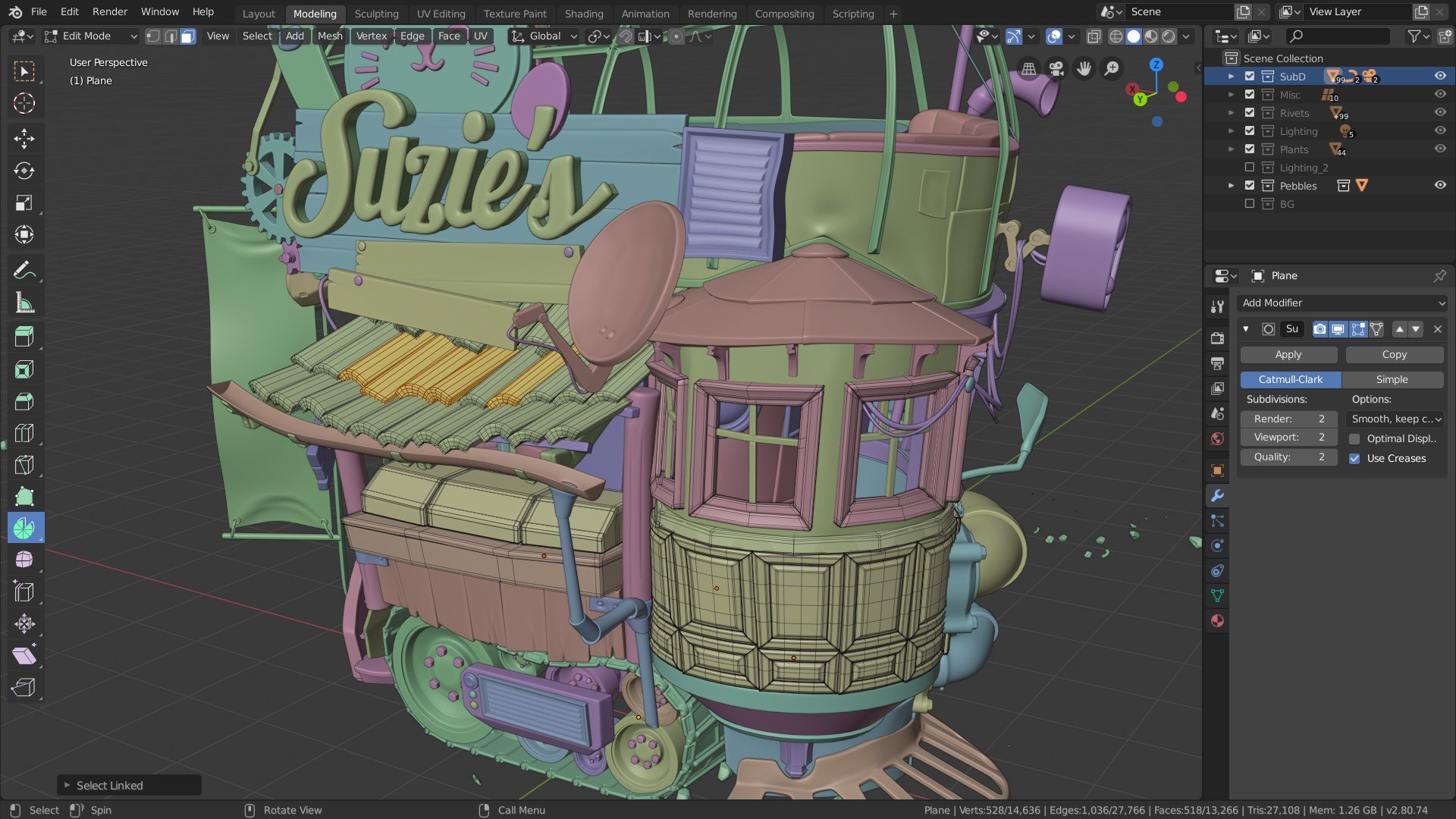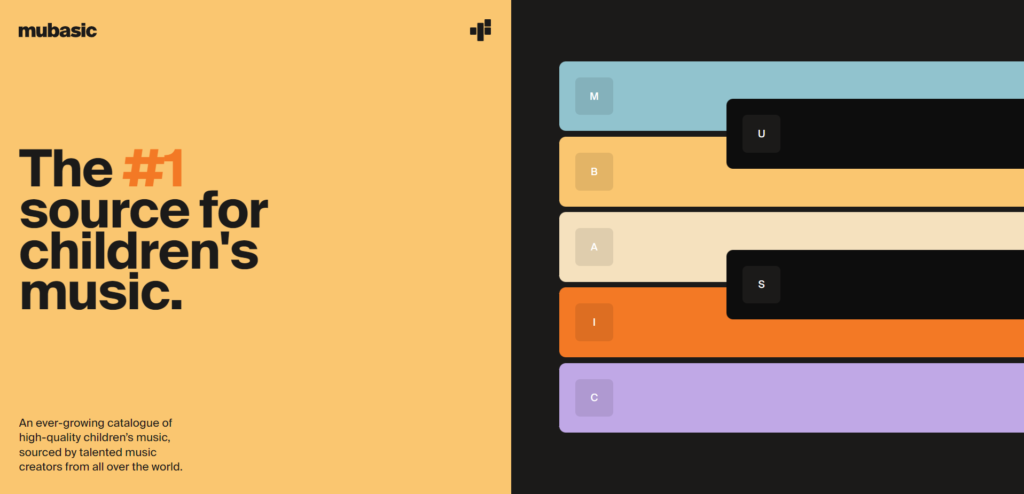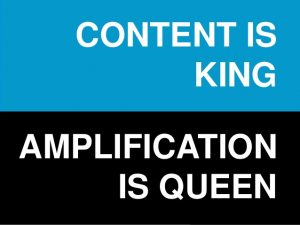When you really think about it, how many visual designs do you see daily? At first, it may not seem like a lot, but the fact is that graphic design, both digital and physical, is all around us.
Everything from the patterns on the clothes we wear to the ads we see on our phones and computers all utilize graphic design.
Because we’re constantly inundated with multiple images, everything can become a blur, making it harder for brands to stand out. However, what’s most interesting about digital graphic design is that it becomes more noticeable when a design is missing elements or is done exceptionally well.
Since we’re so used to seeing graphic design everywhere we turn, brands have to get creative about how they present their messaging and which design elements to use.
With that in mind, we will dive deeper into this design category and look at how companies can use digital graphic design to achieve their marketing goals.
- The Rise of Digital Graphic Design
- The Importance of Design in Marketing
- Hiring a Digital Graphic Designer
- Need Digital Graphic Content On Demand? Let WriterAccess Help!
Download this post by entering your email below
The Rise of Digital Graphic Design
How did we get to a place where graphic design dominates our lives so much that we’ve been able to tune it out?
If you trace the history of modern graphic design, it began in the 1920s as a way for businesses to brand themselves and capture the public’s attention. Although graphic designers had been around before then (since the early 1900s), it wasn’t until the Roaring 20s that the fundamentals of the discipline took off.
As more businesses came into being, graphic design became more in demand.
The 50s and 60s saw further commercialization of graphic design principles, including negative space, typography, color theory, and image balance. By the time computers became a viable option for designers in the 80s and 90s, graphic design was already far more prolific than ever.
Digital tools quickly replaced traditional ones as technology progressed, and digital graphic design swiftly took over. Now, high-quality designs aren’t just reserved for those with the equipment and know-how to create them. Instead, anyone can put a design together, thanks to user-friendly sites like Canva.
Artificial intelligence is pushing the boundaries even further now that computers can generate graphics and images on the fly. While there is still a need for skilled graphic designers, AI has made digital design far more prevalent.
Graphic design vs. digital design
Most people would assume that digital and graphic design are the same. While there is some significant overlap, there are also some fundamental differences.
First of all, graphic design only deals with static imagery. So, no moving elements, animations, or interactive pieces. Second, graphic design is built upon fundamental teachings that discuss everything from how far apart letters should be to which colors can clash in a piece.
By comparison, digital design is much more fluid and adaptable.
Digital design refers to any graphic design elements created in a digital space, so there’s a lot more flexibility regarding what fits under the digital design umbrella. Also, anyone can create digital pieces, not just those who know the fundamentals of graphic design.
Types of digital design
Since digital design can encompass so many different types of compositions, it’s important to break them down into various categories, such as:
- Interactive – Interactive design is when the viewer can interact with the piece, changing it according to their input. For example, you could click a button and change the colors of an image or start an animation.
- Three-Dimensional – Graphic design only works within two dimensions, even if they can have depth. Designers aren’t limited to just two dimensions anymore. Digital design can work within three-dimensional spaces. For example, designers can create rooms and buildings in virtual reality (VR) that individuals can explore in digital space.
- Animated – Even though graphic designers can simulate movement with strokes and blurred lines, digital designers can take the idea a step further and animate the piece so it changes over time.
- Static – Although digital design can encompass many different components, it still includes static imagery and graphics. A digital poster can also use the same graphic design fundamentals as a physical one.
Another benefit of digital design is that you can combine multiple options into a single piece. For example, you can create interactive content that plays animations when users click a button or answer a question.

The Importance of Design in Marketing
Consumers are constantly bombarded with marketing messages and designs. Acknowledging that can make one wonder whether it’s even worth the time and effort to craft something original.
The short answer is yes, it’s still worth it.
Design is crucial for your brand because it helps you stand out. You can differentiate your business with a compelling digital graphic design even if you use similar design elements or colors as another brand.
Another way design helps is by improving the relationship between you and your customers. When presented with high-quality designs, users feel more comfortable and confident in interacting with your brand.
What makes a design piece successful?
Some digital designs can feel more abstract or hard to define than others. Each image has a specific purpose – to convey a message to the audience (i.e., buy this product). Let’s break down the various elements that can make a design piece successful.
Captures Attention
Did you know that the average American sees between 4,000 and 10,000 adverts every day? With that kind of competition, you must work hard to stand out. So, if your graphic design element makes people stop and take notice, you’re doing a great job.
Delivers a Clear Message
The primary purpose of graphic design is to look good; the second intent is to convey valuable information to the viewer. There shouldn’t be any ambiguity about the message the design is sending.
Sticks in the Mind
Brand recall ability is when a person can remember the brand name and logo long after seeing it. While there aren’t any surefire ways to make your ads stick in someone’s mind, it’s best to focus on high-contrast designs with stunning visuals. This way, people are more likely to remember it later.
Elicits an Emotion
All great designs go further than what you see on the page or screen. Excellent graphic design helps you feel emotions, such as happiness, anger, sadness, or indifference. The stronger the emotion associated with the design, the more successful it is overall.
Success brand cases of graphic design
Far too many brands use high-quality graphic design to list them all. However, some of our favorite examples include the following:
Mubasic
As a repository for high-quality children’s music, Mubasic’s website design is playful and practical.
The color scheme jumps off the page, and the piano-styled buttons that play actual music allow the user to get a sense of the brand immediately.

Sunbasket
Sunbasket is a meal delivery service that gets your mouth watering with this signup landing page. The photos make it seem like you can just reach out and grab these delicious dishes.

All You Need is Ecuador
By combining photos with 3D-rendered images, this tourism campaign captured the spirit of Ecuador while highlighting the local wildlife. The results are stunning composites that look more like artwork than an ad campaign.

Hiring a Digital Graphic Designer
Knowing the value of excellent digital graphic design is much different than creating and using high-quality designs in your marketing campaign. Fortunately, hiring a digital graphic designer has never been easier! Here are some tips to help you get it right:
Know What Style You Want
Each designer specializes in a unique style, so be sure to know what you want before comparing portfolios. Do you want an old-fashioned aesthetic or something more modern? Colorful or muted?
Look for Industry Experience
Although digital designers can learn more about your industry, it’s best to work with individuals who have had some experience with similar clients. This way, the designer knows how to make your design stand out.
Scalability
Realistically, you should develop a digital design branding guide that includes your logo, the fonts you usually use, and the colors associated with your brand. So, when choosing a digital graphic designer, you can give them your branding guide to follow when they are designing graphics for you. It will ensure that all your designs are compatible.
Outsourcing your digital design to a professional ensures you get the best results and that your branding will have that “wow” factor and be memorable.
Need Digital Graphic Content On Demand? Let WriterAccess Help!
Don’t let the name WriterAccess fool you – this one-of-a-kind platform can also connect you with high-quality graphic designers across various industries and disciplines.
Plus, we use AI technology to match you with designers that fit your brand’s aesthetic, helping save you time and energy during the comparison process.
The other fantastic thing about using our platform is that it’s easy to scale up or down. We can connect you with multiple designers, or you can book an entire content library’s worth of orders with a single designer.
If you want to see what digital graphic design can do for your business, contact us today! You can try our platform free of charge with our 14-day WriterAccess trial first to get the feel of it.








